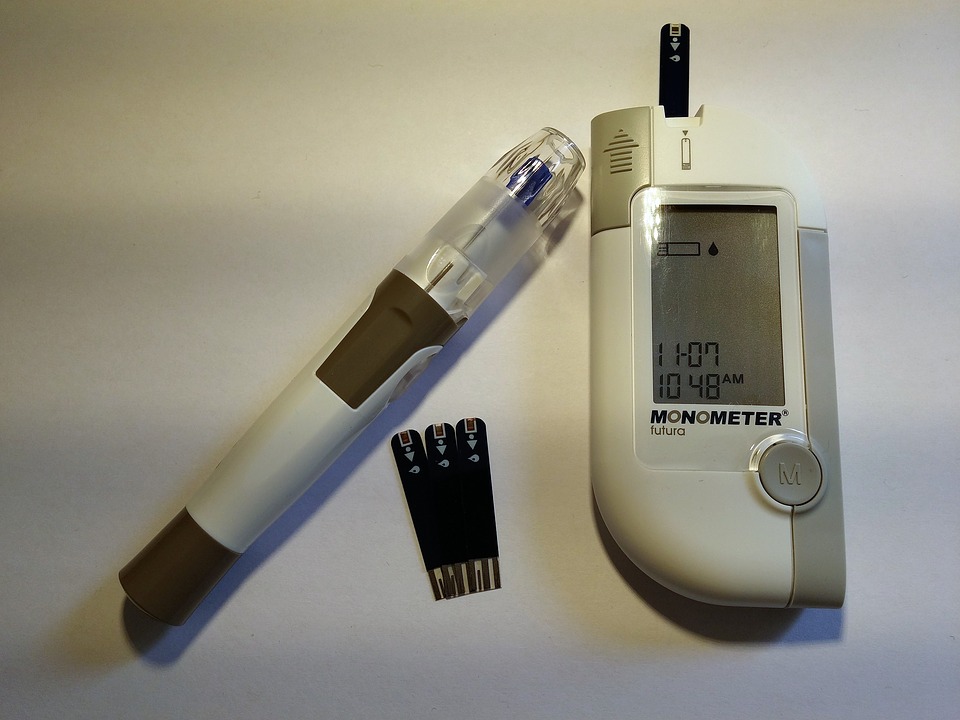
Researchers at the Johns Hopkins Bloomberg School of Public Health contributed to a new Centers for Disease Control and Prevention report that finds the prevalence of autism spectrum disorder (ASD) among children aged 8 years in Maryland in 2018 was 1 in 49—or 2.0 percent— compared to 1 in 52 based on 2016 data, a 6.5 percent increase.
This is the ninth CDC report based on data collected at 11 regional monitoring sites across the U.S. that are part of the Autism and Developmental Disabilities Monitoring (ADDM) Network. The Maryland site is based in the Wendy Klag Center for Autism and Developmental Disabilities at the Johns Hopkins Bloomberg School of Public Health.
The new CDC report found the prevalence of ASD to be 1 in 44—or 2.3 percent—among children aged 8 years in 2018 across all 11 surveillance sites.
ASD is a developmental disorder characterized by social and communication impairments, along with limited interests and repetitive behaviors. Rates have been rising dramatically in the past three decades, but researchers do not know how much of this rise is due to better detection or an increase in “true” cases or both. Technical factors that may be contributing to an increase in ASD include increased awareness, screening, diagnostic services, better documentation of ASD behaviors, and changes in diagnostic criteria. To date, the causes of autism are not completely understood but studies show that both environment and genetics may play a role. Early diagnosis and intervention are key to improving learning, communication, and other skills.
In a separate report, the CDC estimated the prevalence among a younger set of children—4-year-olds. Across the 11 sites, the prevalence among 4-year-olds in 2018 was 1 in 59. This surveillance among 4-year-olds will allow ADDM to provide more timely feedback on the early identification of ASD. The prevalence for 4-year-olds with ASD in Maryland was 1 in 85—or 1.2 percent. Among the 11 sites, Maryland had the lowest median age for ASD evaluation and diagnosis, for both 4- and 8-year-olds.
The Maryland ADDM data for 2018 were drawn from Baltimore, Carroll, Cecil, Harford, and Howard counties. Maryland 8-year-old boys were 4 to 5 times more likely to have ASD than girls. The prevalence rates were 1 in 30 for boys and 1 in 133 for girls. For the first time since 2000, Black children in Maryland were more likely to have ASD than white children.
“The continued increase in autism prevalence demonstrates the importance of ongoing public health surveillance,” says Elise Pas, PhD, associate scientist in the Bloomberg School’s Department of Mental Health and one of the Maryland-ADDM principal investigators. “At the same time, there is a trend across sites moving towards earlier identification and diagnosis. Maryland stands out as having the lowest age of ASD diagnosis among these 11 sites, which is quite promising.”
In addition to Pas, Daniele Fallin, PhD, chair of the Bloomberg School’s Department of Mental Health and director of the Wendy Klag Center, co-leads the Maryland-ADDM site based at the Bloomberg School. Li-Ching Lee, PhD, who passed away in May of this year, formerly led the Maryland site based at the Wendy Klag Center.
Among 8-year-olds across all surveillance sites, boys are 4.2 times more likely to have ASD than girls, a finding in line with prior trends. As with the CDC’s most recent report, issued last year and based on 2016 data, there was no difference in ASD prevalence among white, Black, and Asian/Pacific Islander children overall, and prevalence overall was similar between Hispanic and non-Hispanic children.
The current CDC report includes nine sites that figured in last year’s ADDM report based on 2016 data: Arizona, Arkansas, Georgia, Maryland, Minnesota, Missouri, New Jersey, Tennessee, and Wisconsin. In this latest report, California and Utah replaced longtime ADDM sites North Carolina and Colorado. California had the highest prevalence among sites, at 1 in 26 (or 3.89 percent).
In the new report, children were counted as having ASD if they were eligible for special education based on ASD classification, had a medical ICD code for ASD, or had an ASD diagnostic statement in an evaluation, enabling identification of children who could not be identified using the old ADDM methodology. In earlier reports, clinician reviewers scored behaviors from abstracted evaluations based on diagnostic criteria, which required more complete evaluation records.



